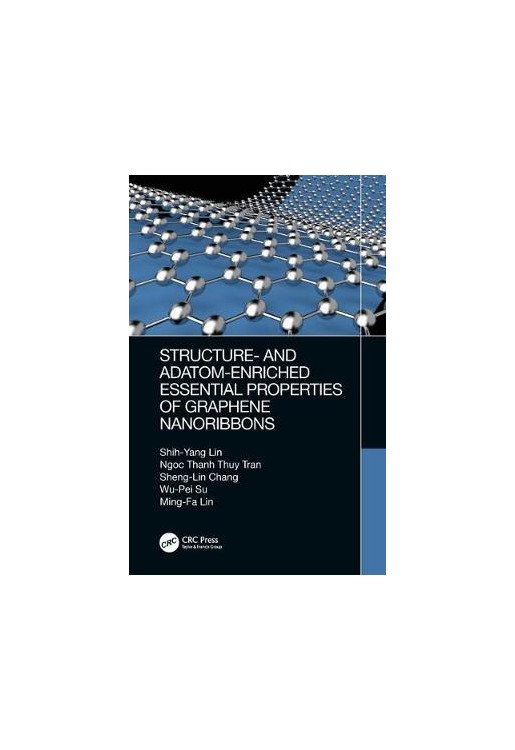This work details properties of graphene nanoribbons and covers computational methods and experimental tools. It studies geometric, electronic and magnetic properties of one-dimensional graphene nanoribbons using first-principles calculations.
1 Introduction 5
2 The rst-principles method and experimental instruments 16
2.1 Theoretical calculations . . . . . . . . . . . . . . . . . . . . . . . . . . . . . 16
2.2 Experimental instruments . . . . . . . . . . . . . . . . . . . . . . . . . . . . 19
3 Monolayer graphene nanoribbons 27
3.1 Armchair systems . . . . . . . . . . . . . . . . . . . . . . . . . . . . . . . . . 30
3.2 Zigzag systems . . . . . . . . . . . . . . . . . . . . . . . . . . . . . . . . . . 35
4 Curved and Zipped graphene nanoribbons 44
4.1 Curved nanoribbons . . . . . . . . . . . . . . . . . . . . . . . . . . . . . . . 45
4.2 Carbon nanotubes . . . . . . . . . . . . . . . . . . . . . . . . . . . . . . . . 52
5 Folded graphene nanoribbons 59
5.1 The rich geometric structures . . . . . . . . . . . . . . . . . . . . . . . . . . 60
5.2 The unusual electronic and magnetic properties . . . . . . . . . . . . . . . . 63
6 Carbon nanoscrolls 69
6.1 The optimal geometries . . . . . . . . . . . . . . . . . . . . . . . . . . . . . . 70
6.2 Electronic properties and magnetic con gurations . . . . . . . . . . . . . . . 73
6.3 Comparisons among the planar, curved/zipped, folded and scrolled systems . 76
7 Bilayer graphene nanoribbons 78
7.1 Stacking-enriched geometric structures and magnetic con gurations . . . . . 79
7.2 Diverse electronic properties . . . . . . . . . . . . . . . . . . . . . . . . . . . 82
7.3 Di
erences between bilayer 1D and 2D systems . . . . . . . . . . . . . . . . 85
8 Edge-decorated graphene nanoribbons 88
3
8.1 Adatom edge passivations . . . . . . . . . . . . . . . . . . . . . . . . . . . . 90
8.2 decoration- and curvature-enriched essential properties . . . . . . . . . . . . 96
9 Alkali-adsorbed graphene nanoribbons 105
9.1 The Alkali-created conduction electrons . . . . . . . . . . . . . . . . . . . . . 106
9.2 The edge- and adsorption-co-dominated magnetic con gurations . . . . . . . 110
10 Halogen-adsorbed GNRs 114
10.1 Fluorination e
ects . . . . . . . . . . . . . . . . . . . . . . . . . . . . . . . . 115
10.2 Chlorination-related systems . . . . . . . . . . . . . . . . . . . . . . . . . . . 122
11 Metal-adsorbed graphene nanoribbons 129
11.1 Al . . . . . . . . . . . . . . . . . . . . . . . . . . . . . . . . . . . . . . . . . 132
11.2 Ti . . . . . . . . . . . . . . . . . . . . . . . . . . . . . . . . . . . . . . . . . 137
11.3 Bi . . . . . . . . . . . . . . . . . . . . . . . . . . . . . . . . . . . . . . . . . 142
11.4 Fe/Co/Ni . . . . . . . . . . . . . . . . . . . . . . . . . . . . . . . . . . . . . 147
12 Concluding remarks: covering comparisons, measurements, and applica-
tions 150
References 185


